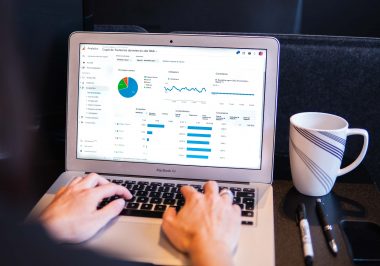Google is revamping Google Analytics for a world in which privacy plays center stage and identifiers are exiting stage left.
The new version of Google Analytics including privacy overhaul, released on Wednesday, was in beta for more than a year, and will now be the default experience for all users.
The updated product includes privacy controls to help publishers manage their data use, a beefed-up data deletion tool and a consent mode API that makes it easier for customers to pass along consent information collected from their users.
Google Analytics has an integration with IAB Europe’s Transparency and Consent Framework 2.0.
“We operate as a processor on our customers’ behalf,” said Russell Ketchum, who leads product management for Google Analytics. “And from that framing, our role is to provide our customers with the tools they need to comply with the various regulatory changes around the world.”
The same applies to changes happening in the United States, as Google gears up to shut down third-party cookies in its Chrome browser.
Google Analytics uses first-party cookies and other first-party identifiers to track and store information about site visitors. But it also collects opted-in third-party identifiers on behalf of its customers, and platform and regulatory changes will create gaps in the data that companies can collect and analyze.
“We’ll end up with a world in which users are in various consent states and there are various different consent frameworks, and we’ll be left with data that is more complicated than before,” Ketchum said. “But we have the ability to lean into machine learning using more advanced models to help customers understand how their users are interacting with them.”
Down the line, Google Analytics plans to introduce data sparsity modelling to enable its customers to round out incomplete data sets.
Available now, though, are other machine learning capabilities, including automated insights and predictive metrics.
Historically, Ketchum said, Google Analytics was a collection of around 130 reports, and it was up to the customer to sift through them and pull out the relevant data.
“With machine learning, we can detect new trends or changes and surface those insights front and center so that there’s a lot less digging a customer has to do,” he said. “And beyond observed data, we can unlock predictive insights, such as potential revenue, so you can optimize toward that, or likelihood to churn, so you can do something before it happens.”
And to help customers take action on their data, the new Google Analytics will be more tightly integrated with Google Ads. App data from Firebase and web data from across Google and non-Google paid channels will be available as one view within Google Analytics, so that people can get a cross-channel look at how their media is performing and figure out how best to optimize.
This is the first time that Google Analytics will measure in-app and web conversions in one place, including YouTube video campaigns, and organic channels, such as search, social and email.
“Even within Google, in terms of how our channels interact, Google Analytics has a history of not including YouTube as a touchpoint when customers are looking across their media,” Ketchum said. “We think including YouTube in the overall attribution capabilities is pretty exciting.”
Original article: AdExchanger











